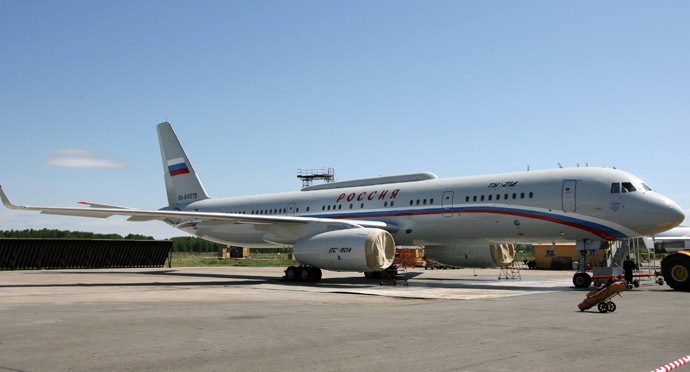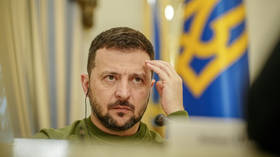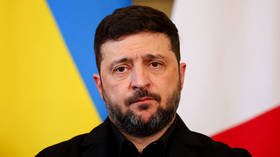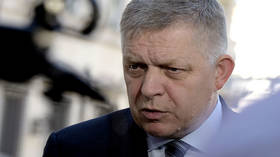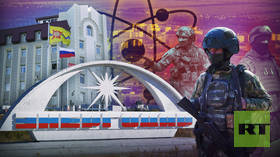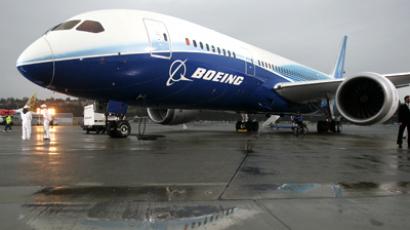New aviation age: Commercial electric aircraft nearing reality
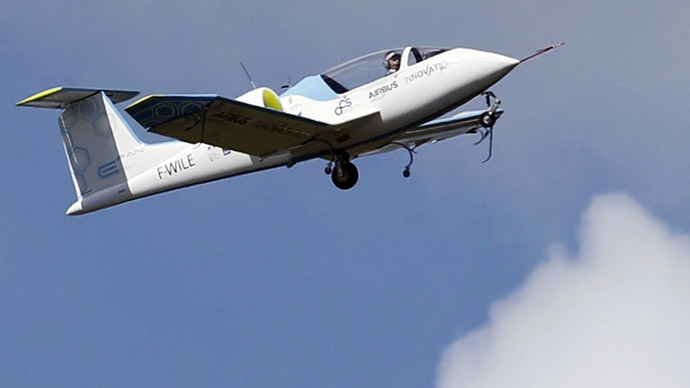
Fuel-thirsty and noisy modern aviation has been pushing for more efficient and quieter engines, and electric aircraft may provide the answer. XXI century technology has made them possible, and commercial electric planes are in the pipeline.
For most people the idea of an electric aircraft conjures up images of awkward constructions with a large wingspan, covered with solar panels.
The idea of using cheap solar energy for aviation has always been extremely popular among environmentalists, and electric aircraft have set some previously unimaginable records.
The flying-wing drone Helios managed to fly at the highest altitude for an aircraft without jet engines, at 29.5 kilometers.
Another UAV, called Zephyr, and developed by the British company QinetiQ, is also solar powered and in 2010 managed to stay airborne for two weeks without landing.
While the latest version of the Swiss Solar Impulse aircraft is planning to make a non-stop round the world flight in 2015.
Solar powered aircraft are not just for beating world records but could be used in the future to test technology and for surveillance missions. But they are no good for commercial flights for obvious reasons: they can only carry a few people at a time and are dependent on sunny weather.
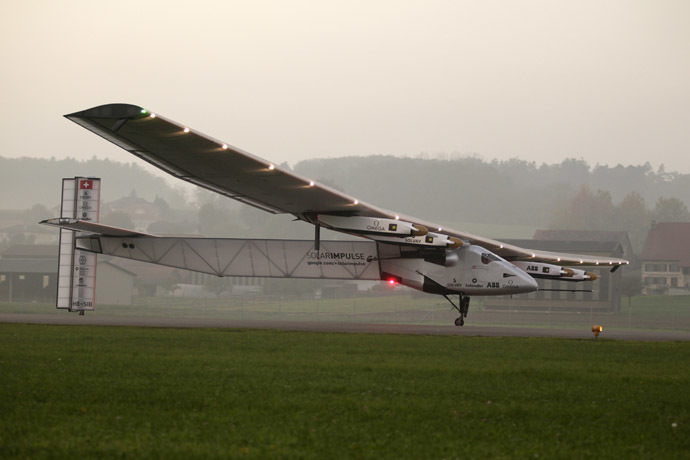
However, aircraft manufacturers seem determined to push the boundaries.
The Airbus Group has engineered and presented earlier this year a fully functional two-seat fully electric E-Fan aircraft, powered by electric cells and two 30-kilowatt electric motors.
The E-fan can fly at a cruising speed of 160 km/h and has a top speed of 220 km/h, though can’t keep those speeds up for more than an hour.
Some of its uses could be as diverse as tourism, stunt flying and even pilot training, and it has the advantages of being cheaper than traditional airplanes and lighter as it doesn’t have to carry any fuel; meaning it has a constant weight.
Airbus’ engineers have great plans for E-Fan, first to increase its flight time and then to increase its top speed.
The fastest electric aircraft to date is the Long-ESA, which has reached speeds of up to 326 km/h.
But airline and air freight companies are putting their hopes in a third kind of electric aircraft that in several decades might start replacing today’s jet aircraft with integrated electric propulsion planes which feature all-electric onboard mechanisms and equipment.
Integrated electric propulsion (IEP) has been widely introduced in marine propulsion systems over the few last decades, and has been used onboard passenger liners, warships and diesel-electric submarines.
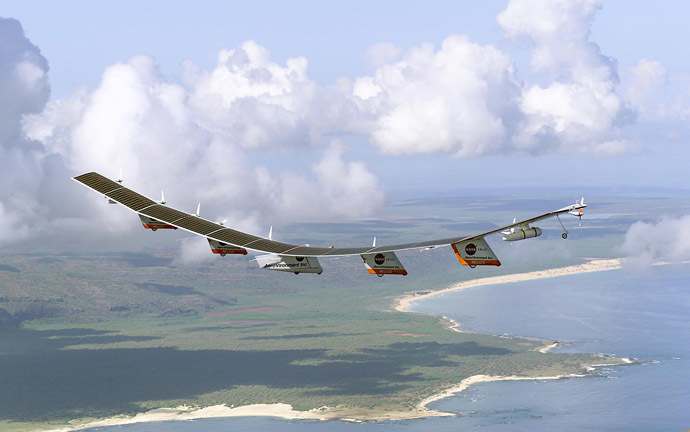
The main idea of this propulsion system is that gas turbines or diesel generators or both are used to generate electricity which is then used to power electric motors that turn the propellers.
So the idea for aircraft is generally the same: a turbine engine is used to generate electricity that is then used to feed the aircraft’s electric engines.
A hybrid electric aircraft scheme promises to be more fuel (and cost) effective, environmentally friendly and less noisy.
For example it would mean an aircraft would not need to be fitted with an engine accessory gear box, which would save weight, and decrease life cycle cost as well as increase lift.
Airbus’ parent company, EADS, is cooperating with aircraft engine manufacturer Rolls-Royce in developing an advanced completely electric long range future airplane called the E-THRUST Project. Although the launch date for the new project is at least 20 years from now.
A similar project is being considered in the US by Boeing, which was asked by NASA to explore the possibilities of hybrid electric aircraft, for which Boeing begun work on the so-called SUGAR Volt concept design.
In Russia the development of a hybrid electric aircraft has been set as a strategic goal by the government, which handed the project to the Tupolev Corporation. Tupolev will coordinate the work of about 100 institutes and companies that are developing an electrical aircraft based on Tupolev’s Tu-214 passenger jet.
A program set for 2014-2022 involves creating a sort of flying laboratory, the Tu-214E (where ‘E’ stands for electric) that will have all of its pneumatic and hydraulic systems replaced with electric ones which are being developed from scratch.
The Tu-214E aircraft will use an experimental engine based on the PS90A turbofan developed by Aviadvigatel which is currently used on the Ilyushin Il-96 and the Tupolev Tu-204/Tu-214 series, as well as the Ilyushin Il-76 transport aircraft.
